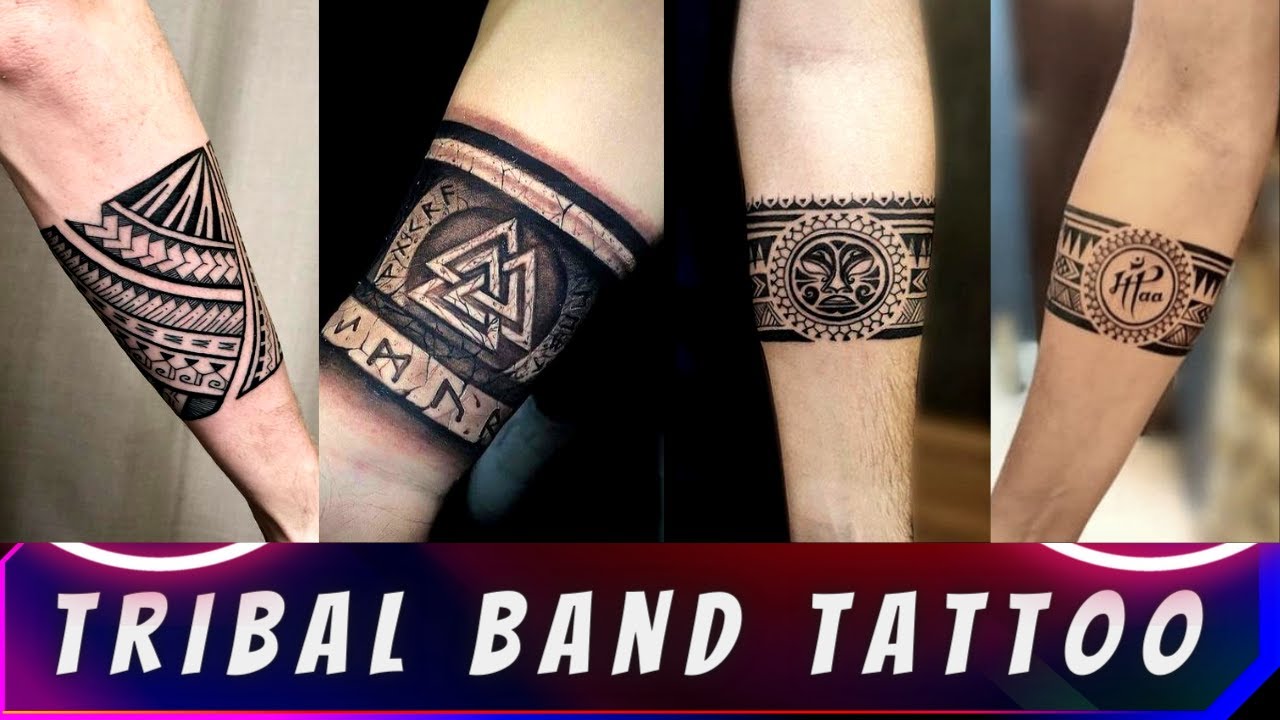In the realm of body art, tribal band tattoos stand out as timeless symbols of cultural heritage, personal identity, and aesthetic expression. These bold and intricate designs have transcended generations, evolving from their ancient roots to become enduring icons in contemporary tattoo culture. From their rich history to their modern interpretations, tribal band tattoos continue to captivate enthusiasts worldwide, embodying both tradition and individuality.
Origins and Cultural Significance
Tribal band tattoos trace their origins back to ancient civilizations across the globe. Indigenous peoples from Africa, Polynesia, the Americas, and other regions adorned themselves with intricate patterns and symbols, each carrying deep cultural significance. These tattoos served diverse purposes, ranging from rites of passage and social status to spiritual protection and identity markers within the community.
In Polynesian cultures, such as those of the Maori in New Zealand and the Samoans, tattooing held profound spiritual and cultural importance. Known as tā moko or tatau, these intricate designs conveyed a person’s lineage, social rank, and life story. Similarly, African tribes like the Berbers and the Nubians utilized tattoos as symbols of tribal affiliation, bravery in battle, and protection from evil spirits.
Evolution and Adaptation
As societies evolved and cultures intermingled, tribal tattooing practices spread across continents, influencing and being influenced by diverse artistic traditions. In the late 20th century, tribal band tattoos experienced a resurgence in popularity, fueled by a growing interest in body modification and a fascination with ancient cultures.
The modern interpretation of tribal band tattoos often combines elements from various indigenous art forms, blending geometric patterns, intricate linework, and symbolic motifs. While some individuals seek to honor their ancestral heritage through authentic tribal designs, others opt for more contemporary adaptations, incorporating elements of personal meaning and aesthetic preference.
Symbolism and Personal Expression
One of the enduring appeals of tribal band tattoos lies in their versatility as symbols of personal identity and expression. While traditional tribal designs may carry specific meanings within their cultural contexts, modern interpretations allow individuals to imbue their tattoos with personal significance.
For some, tribal band tattoos represent a connection to their ancestral roots, serving as a visual homage to their heritage and cultural identity. Others view these tattoos as symbols of strength, resilience, and the journey of self-discovery. The bold lines and geometric patterns of tribal designs can also evoke a sense of empowerment and confidence, serving as a reminder of one’s inner strength and resilience in the face of challenges.
Cultural Appropriation and Respectful Representation
As tribal band tattoos have gained popularity in mainstream culture, discussions about cultural appropriation and respectful representation have emerged. While many individuals are drawn to the aesthetic appeal of tribal designs, it’s essential to approach their adoption with sensitivity and respect for their cultural origins.
Responsible tattoo artists and enthusiasts strive to educate themselves about the cultural significance of tribal tattoos and the communities from which they originate. They seek to collaborate with artists from indigenous backgrounds or those with a deep understanding of tribal art to ensure that designs are executed with cultural authenticity and respect.
Contemporary Trends and Innovations
In recent years, tribal band tattoos have continued to evolve, reflecting shifting trends in tattoo culture and contemporary artistic influences. While traditional black ink designs remain popular, artists are experimenting with vibrant colors, intricate shading techniques, and innovative placement to create unique and visually striking compositions.
Furthermore, advancements in tattoo technology have opened up new possibilities for customization and self-expression. From intricate sleeve designs that wrap around the arm to minimalist bands that adorn the wrist or ankle, tribal band tattoos offer endless possibilities for artistic interpretation and personalization.
Conclusion
In the ever-evolving tapestry of tattoo culture, tribal band tattoos stand as enduring symbols of cultural heritage, personal identity, and artistic expression. From their ancient origins to their modern interpretations, these bold and intricate designs continue to captivate enthusiasts worldwide, transcending boundaries of time, culture, and geography.
Whether as a homage to ancestral traditions, a symbol of personal strength and resilience, or a work of art that speaks to individual identity, tribal band tattoos hold a unique allure that resonates across generations. As tattoo enthusiasts continue to explore new avenues of self-expression and artistic innovation, the legacy of tribal tattooing remains an integral part of the global tattoo community, weaving together threads of tradition, creativity, and cultural appreciation.

